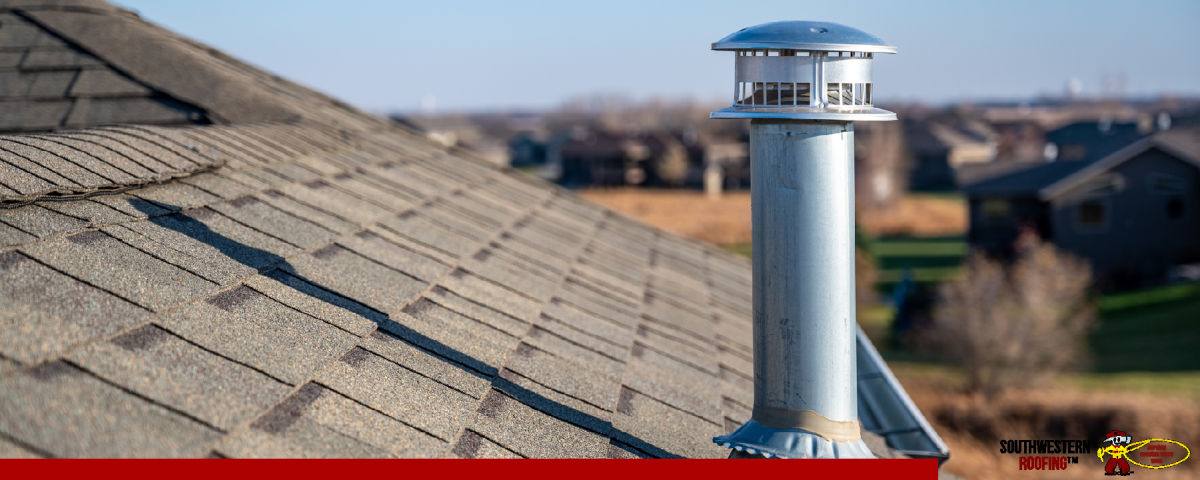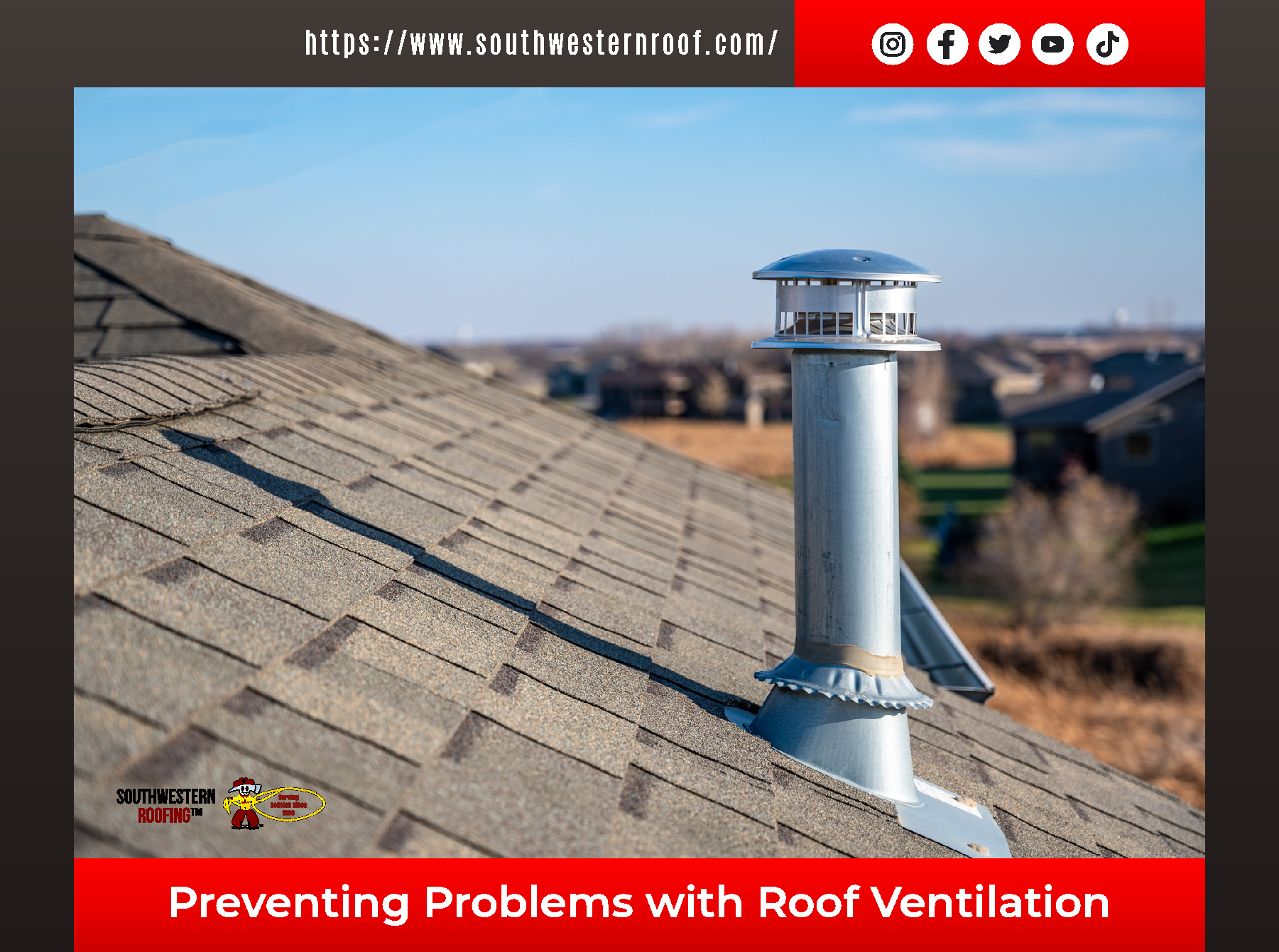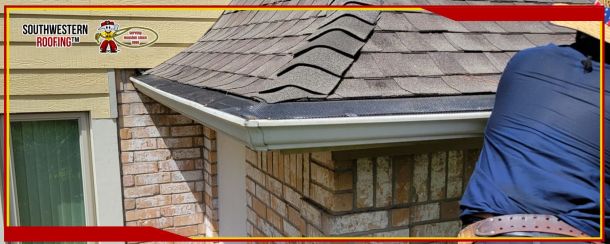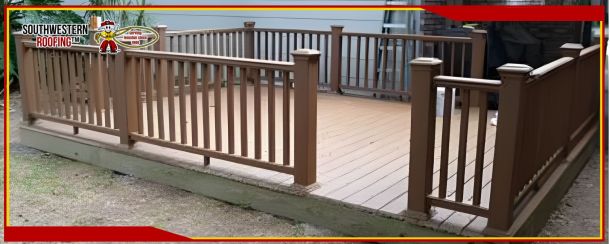
Preventing Problems with Roof Ventilation
Roofing in Texas
When it comes to maintaining a healthy home, one crucial aspect that often gets overlooked is roof ventilation. Proper roof ventilation can have a significant impact on the longevity of your roof, the energy efficiency of your home, and the overall comfort of your living space. In this comprehensive guide, we, as seasoned experts in the field, will delve into the importance of roof ventilation and provide you with valuable insights to help you prevent problems and maintain a well-ventilated roof.
Understanding the Basics
What is Roof Ventilation?
Roof ventilation refers to the system of air circulation in the space between your roof and the ceiling of your home. This system typically consists of intake vents, often located at the eaves or soffits, and exhaust vents situated near the roof's peak. The primary purpose of roof ventilation is to maintain a balanced and consistent flow of air in and out of the attic or roof space.
Why is Roof Ventilation Important?
Proper roof ventilation is essential for various reasons:
Temperature Control: Effective roof ventilation helps regulate the temperature in your attic. During hot summer months, it prevents the attic from becoming a heat trap, reducing the strain on your air conditioning system. In the winter, it helps prevent the formation of ice dams.
Moisture Prevention: It also plays a crucial role in preventing moisture buildup. Moisture can lead to the growth of mold and mildew, which can compromise your home's structural integrity and indoor air quality.
Roof Longevity: A well-ventilated roof can significantly extend the lifespan of your roofing materials by reducing the risk of heat-related damage.
Energy Efficiency: By stabilizing attic temperatures, roof ventilation can make your home more energy-efficient, reducing heating and cooling costs.
Comfort: Proper ventilation can improve the comfort of your living space by minimizing temperature extremes and ensuring a more consistent climate.
Signs of Poor Roof Ventilation
To prevent problems with your roof ventilation, it's crucial to recognize the signs of poor ventilation. Some common indicators include:
High Energy Bills: If your heating and cooling costs are consistently high, it may be due to poor roof ventilation.
Mold and Mildew: The presence of mold or mildew in your attic is a clear sign of excess moisture, often caused by inadequate ventilation.
Ice Dams: In colder climates, ice dams can form on your roof, leading to water damage. Proper ventilation can help prevent their formation.
Uneven Roof Shingle Wear: If your shingles wear out unevenly, it could be a result of overheating due to poor ventilation.
Excessive Heat in the Attic: An excessively hot attic in the summer is a red flag for ventilation issues.
Preventing Problems with Roof Ventilation
Ensure Proper Installation
Professional installation of roof ventilation components is the first step to preventing problems. If your home's ventilation system is not correctly set up, it won't function optimally. Make sure to hire experienced roofers who understand the importance of proper ventilation.
Balance Intake and Exhaust
The key to effective roof ventilation is balancing intake and exhaust. There should be an equal amount of intake and exhaust vents to maintain a continuous flow of air. This balance ensures that fresh, cool air is drawn in through the soffit vents while warm, moist air is expelled through the exhaust vents near the roof's peak.
Use Quality Ventilation Products
Invest in high-quality ventilation products that are designed to withstand various weather conditions. Inferior products may not provide the durability and performance your roof needs to stay adequately ventilated.
Maintain Your Roof
Regular roof maintenance is essential to ensure that your ventilation system functions correctly. Keep your gutters clean, and inspect your vents periodically for blockages or damage. A well-maintained roof is less likely to experience ventilation issues.
Consider Professional Inspections
If you suspect that your roof ventilation is compromised or if you've noticed any of the signs mentioned earlier, it's advisable to seek professional inspections. Roofing experts can identify and address any problems promptly.
Conclusion
In conclusion, proper roof ventilation is crucial for maintaining a healthy, comfortable, and energy-efficient home. By understanding the basics of roof ventilation, recognizing the signs of poor ventilation, and taking proactive steps to prevent problems, you can ensure that your roof remains in top condition for years to come. Don't underestimate the impact of a well-ventilated roof on the overall well-being of your home.

Southwestern Roofing: We had our humble beginnings, but our goals have always been the same: To offer quality workmanship at a fair and reasonable price in addition to always treating each of you with honesty, integrity, and respect. Meeting with you, sharing ideas, and helping you achieve that goal has been a welcomed privilege.
Roofing in Texas
Southwestern Roofing in Texas, Roofing Company in Texas, Roof Replacements in Texas, Roof Installations in Texas, Roof Repairs in Texas, Routine Roof Maintenance in Texas, Roof Inspections in Texas, Window Replacements in Texas, Patio Installations in Texas, Siding Replacements in Texas, Fence Replacements in Texas, Remodeling in Texas, Exterior Painting in Texas, Room Additions in Texas, Deck Installations in Texas, Gutter Installations in Texas, Exterior Repairs in Texas, Fence Installation in Texas, Free Roof Inspection in Texas,, Free Residential Roof Inspection in Texas


